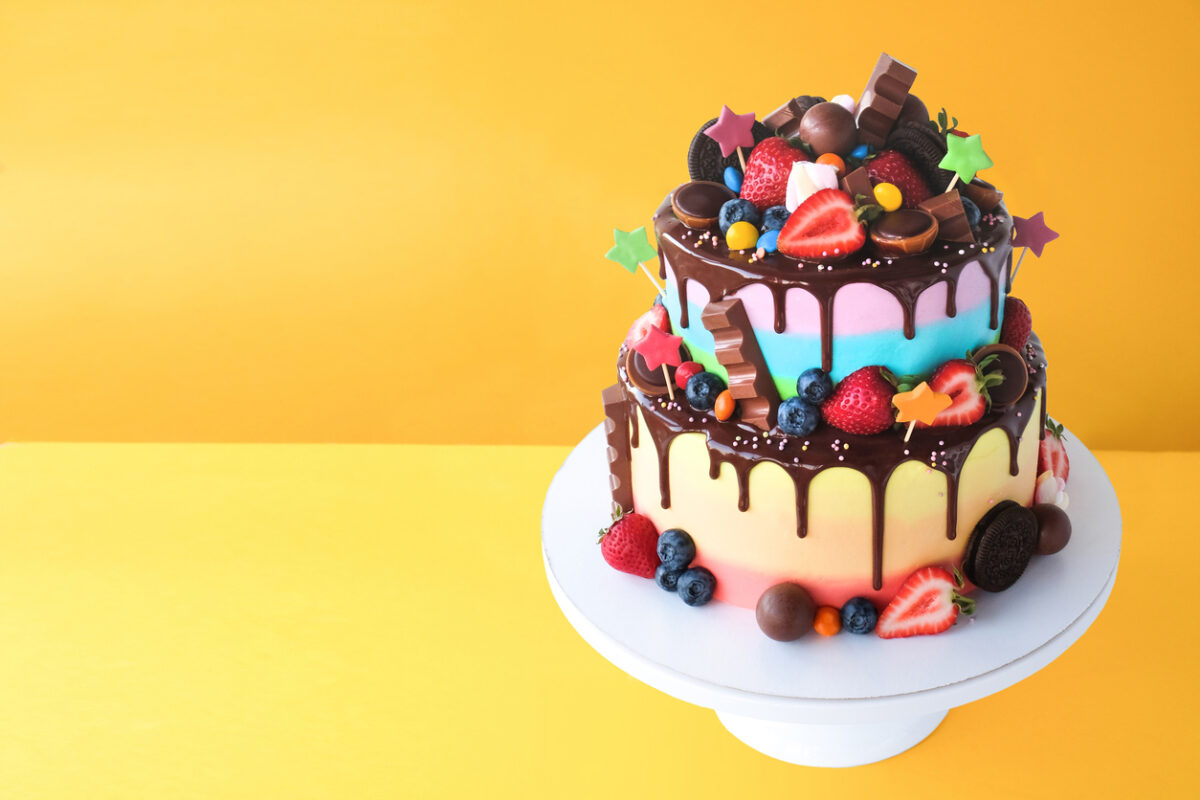From banana bread to baked feta: the psychology behind viral food

In 2020, when citizens around the world were told to stay indoors to prevent the spread of Covid-19, they found comfort in an unlikely place. In droves, people flocked to kitchens to bake banana bread – a recipe with roots in 1930s American kitchens, which had never been all that interesting before.
With its sweet, cinnamon flavours and soft, fluffy texture, banana bread is a typical comfort food. But taste alone wasn’t responsible for its spike in popularity – it was amateur bakers sharing their creations online which kept the trend snowballing. As of 2022, #bananabread has more than two million hits on Instagram and more than 500 million on TikTok – plus millions more for related hashtags like #bananabreadrecipe, #chocolatechipbananabread and #bananabreadmuffins.
Of course, banana bread wasn’t the first food to take the online world by storm and nor was it the last. The internet has a lengthy – and sometimes absurd – relationship with food. From food challenges of the 2000s, to the proliferation of ‘Foodstagramming’ in the 2010s, the web has long had an influence on what we eat.
In the years since the banana bread boom, there have been plenty more dishes in the spotlight – with each propelled forward by eager users looking to emulate what they see online and share their own attempts. The 2021 viral food recipe for feta pasta, for example – which involves baking a whole block of feta alongside tomatoes and herbs, before stirring in pasta to create a creamy sauce – was so popular worldwide it led to certain countries running out of the cheese completely.
Why food trends are so deliciously enticing
That human beings want to eat tasty food is not hard to understand. But that so many are willing to take the word of strangers online and go to the effort of sourcing ingredients, preparing and cooking certain meals speaks to a wider phenomenon which has actually been influencing us for far longer than social media has existed.
According to Consumer Psychologist and Marketer Karen Fewell, humans are programmed to look to those around them for indicators of how to behave. “If we see someone littering, we’re more likely to feel it is okay to litter ourselves,” she explains. “If we’re told a particular meal is a restaurant’s most popular dish, we’re more inclined to order it ourselves.”
This same phenomenon is replicated on social media thousands of times a day, and is the reason why some food trends reach such astronomical heights. It’s a self-perpetuating action too, Karen says. The more ‘likes’ or interactions a food trend has, the more likely we are to be taken in by it, thereby pushing it further.
Consuming a trend is one way we can feel included in this cycle – but actually getting involved and replicating goes one step further. Here, Karen says we can experience feelings of validation and approval from both peers and strangers alike, and this is a powerful motivator. So much so, that actions like sharing images of our meals before we eat them can become almost ritualistic – one study from 2013 even suggested some people enjoy their food more once they’ve shared it online.
While this is true of all types of trends online, Karen says food-based viral trends are particularly good at encouraging action and replication. “That we need food to survive means it is a kind of common language between internet users – whereas something like fashion or music isn’t necessarily relevant to everyone,” she says.
When food brands go viral
A common thread among most viral food trends is their vague traceability. While these trends undoubtedly come from somewhere, many are reproduced so many times over that finding the origin of a trend is difficult. Additionally, to the chagrin of marketing teams the world over, few viral food hits come from brands themselves.
However, when a brand does manage to capture the attention of online users, the effects can be astronomical. There are few better examples than Little Moons, a frozen treat brand which all but took over social media feeds in 2021 – during the winter, no less. The Japanese-inspired Little Moons are comprised of a small ball of gelato, encased in a gelatinous rice flour dough called mochi. Flavours include Chocolate & Hazelnut, Creamy Coconut and Passionfruit & Mango.
Despite the company having been in operation for a decade, it was a chance feature on TikTok which saw the company’s fortunes soar. Hunting for Little Moons in Tesco, their only UK supermarket stockist at the time, transformed into a viral meme as demand far outstripped supply. Those lucky enough to strike gold filmed themselves eating their reward.
“In lockdown there’s nothing to do apart from go to the supermarket – [searching for Little Moons] adds a note of excitement,” Howard Wong, Co-founder of Little Moons, told The Telegraph. “But we were completely taken aback by the way everyone on social media has gone so crazy. On Instagram you need to pay influencers to get exposure whereas TikTok is consumer-led and more democratic. We’d love to know who started it.”
The ‘trustworthy amateur’
Brands – and even well-known chefs – looking to emulate the success of Little Moons have their work cut out for them. As Annie Corser, Insights Editor at behavioural insights practice Canvas8 says, many social media users embrace the ‘amateur’ over the expert. The more authentic a food trend feels to online audiences, the more willing those audiences are to participate in it themselves.
Annie says there are few TikTok users that utilise this understanding better than Emily Mariko – an influencer living in California with an 11-million-strong legion of followers. “She’s basically the Queen of the ‘trustworthy amateurs’,” she says. Emily’s success is in part down to a reliable formula which she repeats in many of her cooking videos, which has earned her 477.7 million ‘likes’ in the process.
“Her first step is to have the most attractive ingredients she can find,” Annie says. “And she touches her ingredients in a very careful and precious way, handling them with reverence”
The next part of Emily’s formula – and other food trend setters like her – Annie says, is her “highly ordered” cooking process. She breaks down her recipes, practically knife chop by knife chop. In doing so, she conveys a sense of confidence without overwhelming the audience. The final flourish of Emily’s approach is something Annie refers to as “the Smile and Bite”.
“It’s a move completely borrowed from classic food advertising, but it’s all over TikTok now. By finishing every food video with a ‘Smile and Bite’, it feels like she gives the watcher permission not only to be hungry, but to satisfy their cravings,” Annie says. The sum total of these three elements is a recipe that feels accessible to the masses. Indeed, a snack Emily fixed back in early 2021 – a salmon and sushi rice bowl – captivated the internet and earned her 708.3M views and swathes of copycats.
The secret recipe for viral food?
Algorithms are the reason we see everything we do on social media – this complex coded language is how each platform chooses what to show you, and what not to. Because no social media company is in the business of sharing just how their individual algorithm works, it can feel like the trends that do get big are the recipient of great amounts of luck.
Going viral is no exact science, and Karen says marketers and food brands would do well to understand that the human brain is not a logical one. “I’ve seen organisations waste a lot of time and money trying to make something go viral,” she says.
“But unfortunately, just because of lot of money has been spent on something and it has super high production values, doesn’t mean the online public is going to jump on it.” As countless users prove, some of the most successful food trends come from unassuming places – be it a little known street food outlet, or a kitchen at 3AM.
While it might be hard to intentionally coin a new viral trend, there is no denying that food is, and has always been, a popular topic for all forms of media – that’s why brands and individuals are usually willing to take the risk. Cookbook sales soared during the pandemic, while sales of other books stagnated. And cooking shows account for a huge portion of our weekly viewing habits, with a history almost as lengthy as that of the television itself.
Food on social media is fast earning itself the same legitimacy as cookbooks and cookery shows. As Penguin’s Ebury imprint’s new As Cooked on TikTok book proves, there is no end in sight for food online.









